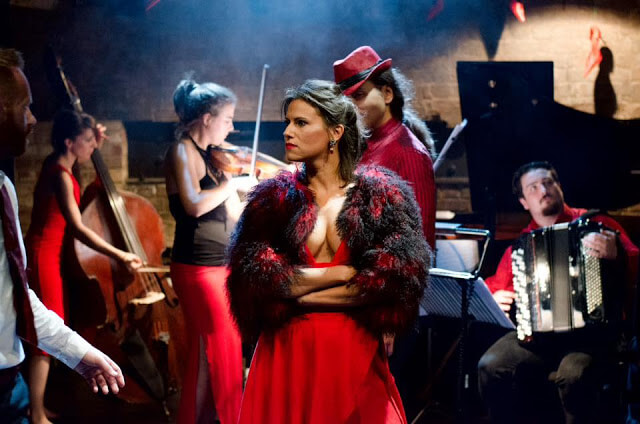
Roma, 29 giu (Prima Pagina News) At the International Opera Festival in Miskolc – Bartók PluszOperafesztivál – MARIA DE BUENOS AIRES was performed, a “tango-operita” in English

Austerity is the mother of invention, as they now say, and nowhere is this better illustrated than in Operaview’s new touring production. The double bill
© All rights reserved | Made with ❤ Proudly created by Corne.gr